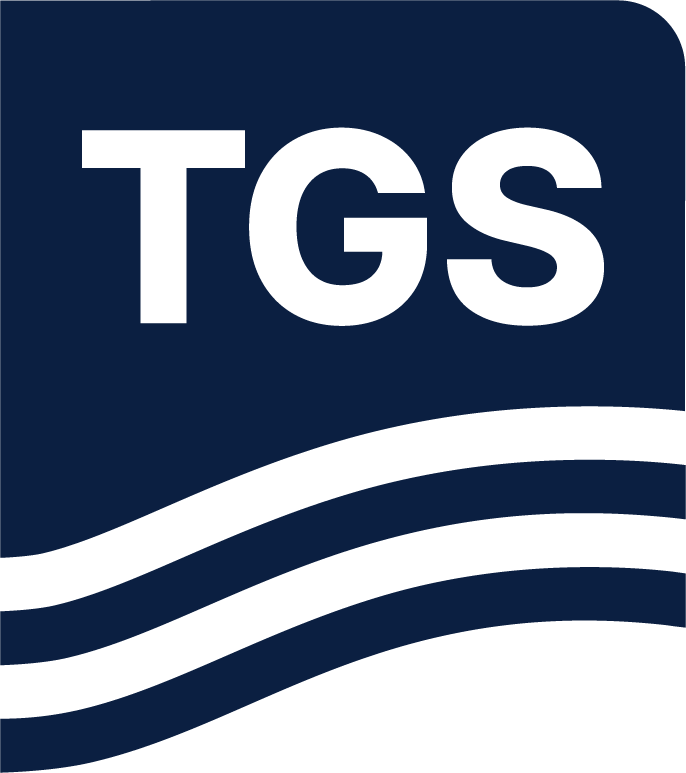Paper Summary
The text discusses the acquisition and imaging of 3D seismic data in the ultra-shallow waters of the Black Sea’s northwestern shelf, focusing on the Dolfin Inner shelf license areas. Despite depths ranging from 14m to 40m, an efficient acquisition setup has been chosen to navigate seafloor obstacles. The data underwent advanced processing, including 3D wavefield separation, deghosting, demultiple, and machine learning-guided denoising. Results demonstrate the final migration velocity model’s ability to capture high and low velocity contrasts critical for depth imaging. Separated wavefield imaging (SWIM) enhances imaging of the seafloor providing a very good match with bathymetry data. Comparing 2D and 3D seismic data emphasizes the latter’s superior quality, crucial for evaluating the Dolfin Inner shelf area’s hydrocarbon potential. Next study will focus on the exploration in the Outer Shelf and adjacent deepwater domains, highlighting the Black Sea’s Ukrainian waters as a promising frontier for oil and gas exploration. The acquired 3D seismic data plays a pivotal role in advancing this exploration, contributing valuable insights in a cost-effective manner.

